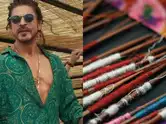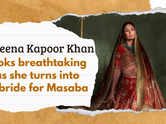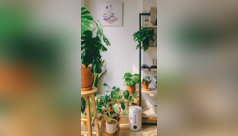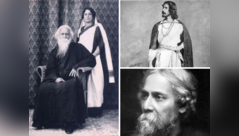01/7History of Batik in India

Batik, a wax-resist dyeing technique with ancient roots, has traversed diverse cultures and continents. While its origins can be traced to Indonesia, the art of Batik has woven its way into various corners of the world, including India. In India, Batik has evolved into a rich and vibrant tradition, reflecting the country's unique cultural tapestry. This article explores the fascinating history of Batik in India, highlighting its journey and significance in the world of textile art.
02/7The history


Batik's journey to India can be attributed to the extensive trade routes and cultural exchanges that have characterized the country's history. As Indian traders engaged with various cultures, including those in Southeast Asia, they encountered the captivating art of Batik. The intricate patterns and vibrant colors of Batik left an indelible mark on Indian artisans, inspiring them to experiment and integrate these techniques into their own textile traditions.
03/7Regional variations


Over time, Batik found its niche within India's diverse textile landscape, adapting to different regions and communities. The state of Gujarat, known for its rich textile heritage, became a significant hub for Batik. The Kutch region, in particular, embraced Batik, blending it with local craftsmanship to create distinctive designs. The art form also found a home in states like West Bengal, Rajasthan, and Andhra Pradesh, each infusing Batik with its unique cultural elements.
04/7The process


The traditional Batik process involves applying wax to fabric in specific patterns before dyeing it. The waxed areas resist the dye, creating intricate and beautiful designs. The fabric undergoes multiple dyeing and waxing stages, resulting in layers of colors and patterns. In India, various motifs inspired by nature, mythology, and daily life find expression in Batik designs. The process requires precision, skill, and patience, making each piece a testament to the artisan's expertise.
05/7Cultural significance


Batik in India extends beyond being a mere craft; it holds cultural and symbolic significance. The art form often reflects local narratives, customs, and beliefs, becoming a visual representation of India's diverse cultural heritage. Batik textiles are used for various purposes, from traditional garments like sarees and dupattas to home decor items such as wall hangings and bedspreads. These pieces not only showcase artistic mastery but also embody the stories and traditions of the communities that produce them.
06/7Revival


While Batik has deep historical roots in India, its revival gained momentum in the 20th century. With a renewed interest in traditional crafts and sustainable practices, Batik experienced a resurgence. Artisans and designers began exploring innovative approaches, blending traditional techniques with contemporary designs. This fusion gave rise to a vibrant range of Batik products, attracting a new generation of admirers both in India and globally.
07/7Preservation efforts


Despite its enduring appeal, Batik faces challenges in the modern era. The advent of mass production and synthetic dyes has posed a threat to traditional artisanal practices. However, organizations, NGOs, and individual artists are working tirelessly to preserve and promote the art of Batik. Initiatives focusing on skill development, market access, and awareness campaigns aim to secure a sustainable future for this ancient craft.
The history of Batik in India is a fine example of the adaptability and resilience of artistic traditions. From its early influences through trade routes to its integration into regional textile cultures, Batik has become an integral part of India's artistic identity. As contemporary artisans continue to weave new narratives with this ancient technique, Batik stands not only as a craft but as a living, breathing testament to the fusion of heritage and innovation in India's vibrant tapestry of textile arts.









































































































closecomments
SIGN IN WITH
GoogleEmail